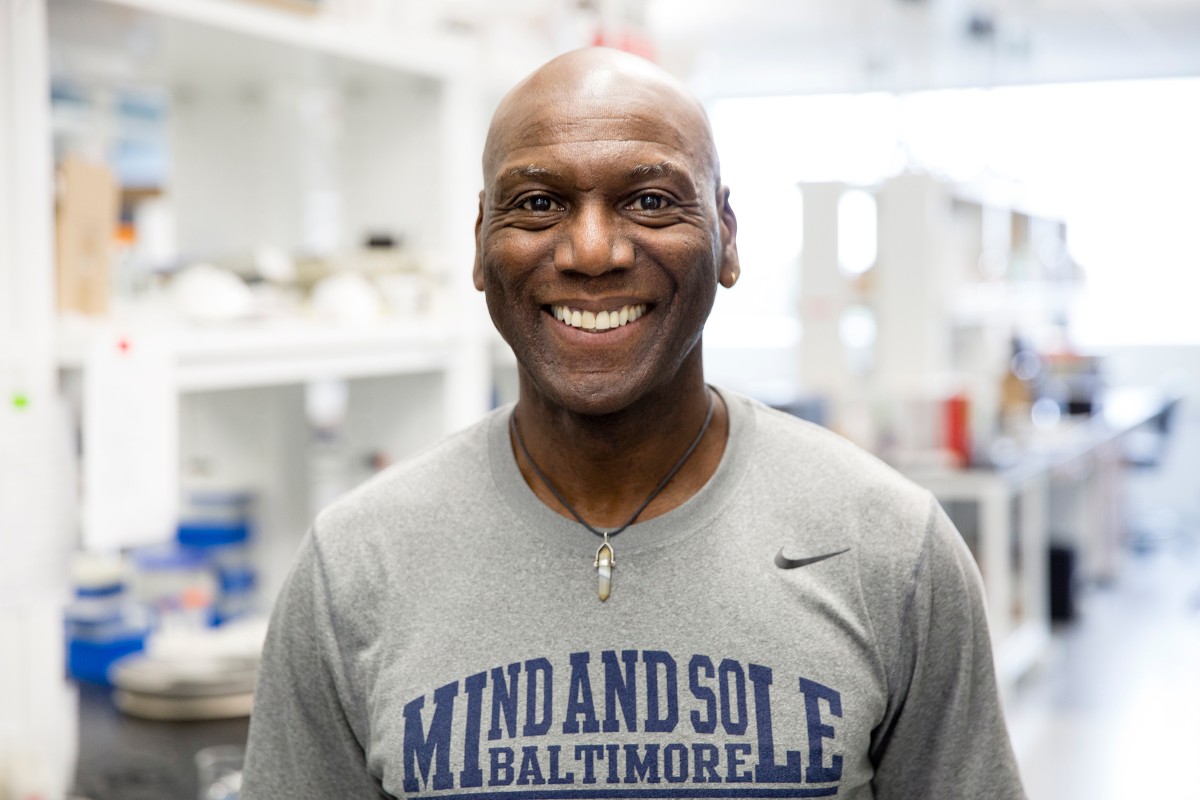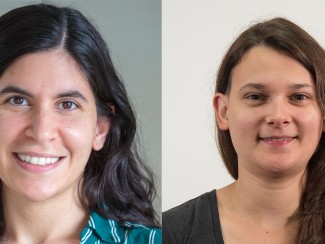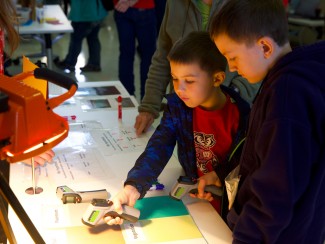
Leon Walls knows, loves, and wants to transform the science classroom. An associate professor of elementary science education at the University of Vermont (UVM), Walls is working to change the way we teach science, both by studying the experiences of young science students of color and by finding ways to incorporate sustainability and a sense of stewardship into the science curriculum of our youngest learners.
This means that when Walls joined the Great Lakes Bioenergy Research Center’s (GLBRC) Research Experience for Teachers (RET) program – a summer program for educators to conduct sustainable biofuels research and develop curriculum – he was bringing with him more than the usual amount of expertise and more than the usual amount of potential impact.
At UVM, Walls teaches more than 60 undergraduate pre-service teachers per year, many of whom will go on to teach science to children in kindergarten through fifth grade for decades to come. According to GLBRC education and outreach coordinator Leith Nye, Walls will not only help him and others to assess the impact of GLBRC materials in a teacher education setting, but he will also give the RET program an exceptionally broad reach. His work, Nye says, “has the potential to indirectly impact hundreds of students in perhaps their most formative years of learning science.”
Working in the lab of GLBRC researcher Chris Kucharik, and with the help of graduate student Adam Von Haden, Walls immersed himself in an RET research project investigating the details of the carbon cycle, testing different types of soil substrates and their capacities for keeping carbon in the soil.
“It’s really thrilling to me to be in a science lab,” Walls says. “The fact that I’m actually working alongside Adam, actually making measurements, that’s invaluable. To know the actual procedures and processes, to be able to talk to my students about the measurements I took and why, I can then relate that to the process skills I want them to focus on in their classrooms with children. I can speak to them from a more authentic position.”
Looking back at Walls’ career, it’s clear that the RET is just the most recent instance of Walls following his strong sense of curiosity to its end. Before he was an education professor, Walls taught middle school science in Milwaukee Public Schools for ten years.
“I, like a lot of people,” Walls says, “wondered ‘why are the Black kids, why are the Latino kids, struggling in my class?’”

Unlike a lot of people, Walls left teaching to enroll in a graduate program in geoenvironmental science education at Purdue University. There he first encountered critical race theory, which gave him the tools he needed to study education at the intersection of race. Soon thereafter, he began exploring how children of color conceive of and understand the practice of science and scientists. This understanding, called “Nature of Science,” is known to be an important factor in determining whether students achieve science literacy. Existing studies in this field, however, focus almost exclusively on White middle-class students.
“When I got to grad school,” Walls says, “it became obvious to me just the degree of historical discrepancy and the disadvantage that children of color have experienced in learning science.”
Today Walls’ scholarly work continues to point to the dearth of research focused on children of color in the science classroom, but Walls is also beginning to conduct the studies that he hopes will begin to fill that gap.
“Children of color have been excluded, marginalized, in science education, in environmental movements, and in sustainability discussions,” he says. “My focus in everything that I do is transformation. We need to change, to transform, how we teach science and how we think about science and who we are inclusive of as far as science goes.”
Next up for Walls is a large-scale data collection on children of color in the science classroom – how they conceive of scientists and how they understand science practices – that he hopes will impact the way in which his field, as well as teachers in classrooms across the country, approach science education.
“No matter where I go,” Walls says, “no matter where I am, my heart is still always in Milwaukee Public Schools, still with those students.”
It’s also data that Walls believes could help create more scientists of color, scientists that he says will be needed to address the many critical environmental issues of our time.
GLBRC is one of three Department of Energy Bioenergy Research Centers created to make transformational breakthroughs and build the foundation of new cellulosic biofuels technology. For more information on GLBRC, visit www.glbrc.org or visit us on twitter @glbioenergy.





